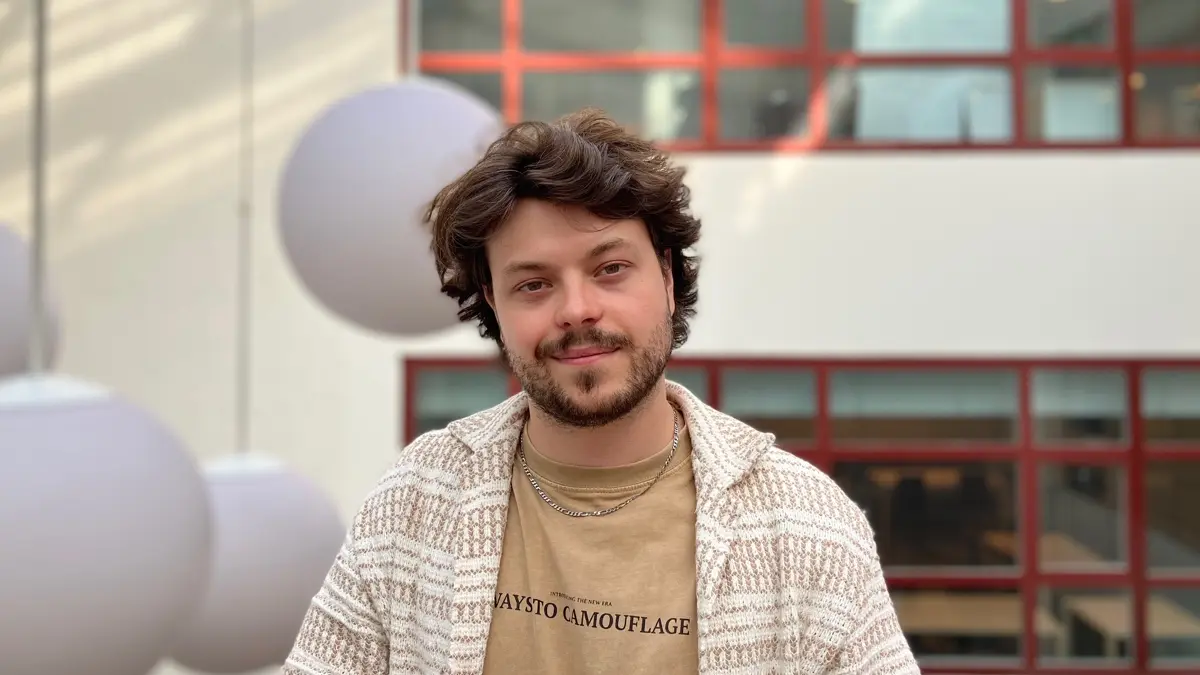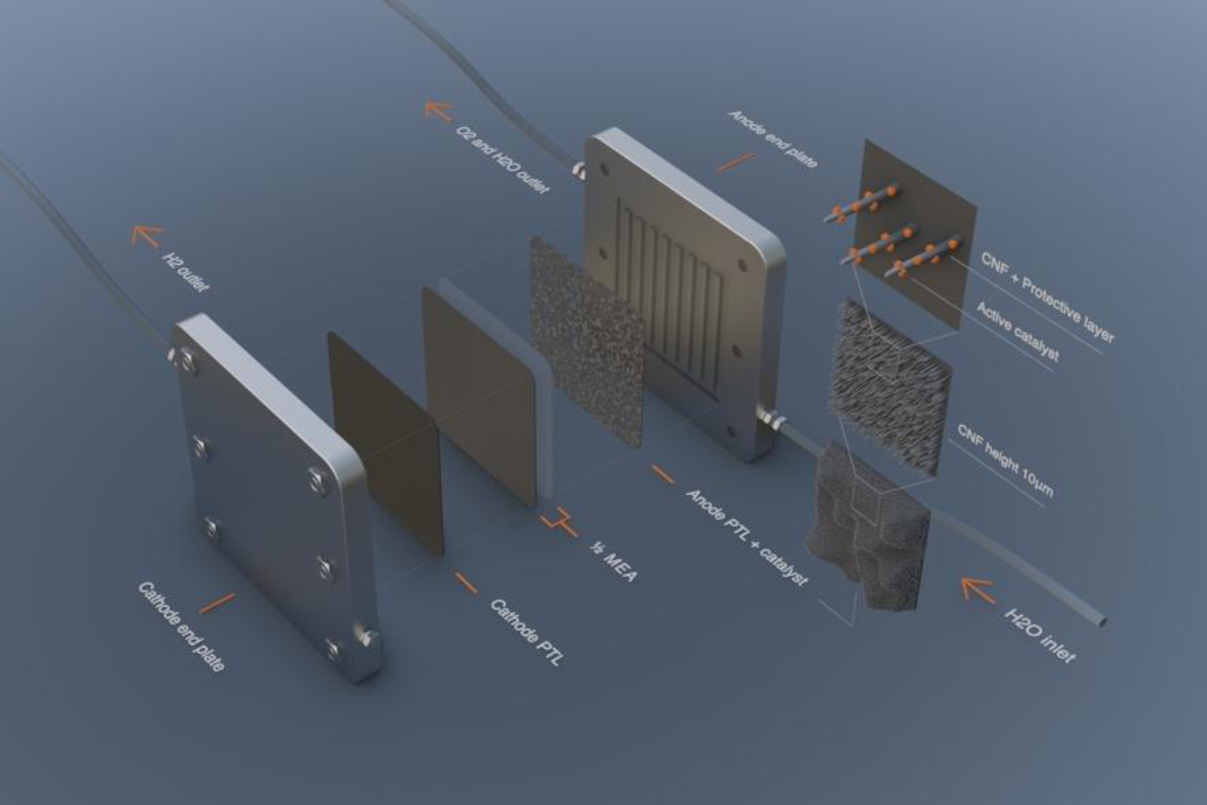Sign up for our newsletter!
Your data will be handled in compliance with our privacy policy.
Your data will be handled in compliance with our privacy policy.

Smoltek Hydrogen is attending the 247th ECS Meeting in Montréal, Canada. The event brings together the most active researchers in academia, government, and industry to engage, discuss, and innovate in the areas of electrochemistry and solid state science and related technologies.
By showing that we can run a PEMWE with only 0.1 mg/cm2 of iridium, 2 A/cm2 proton current density for 250 hours of continuous operation – we are unlocking green hydrogen at the manufacturing scale of tens of gigawatts each year! This is the key to decarbonize steel and base chemicals for a prospering planet.
Fabian Wenger, Head of R&D
Smoltek Hydrogen has successfully reduced the loading of Ir-based catalyst to 0.1 mg iridium/cm2, without compromising the overall performance of the PEM electolyzer. The reduction of iridium is critical in order to enable global mass manufacturing targets for green hydrogen production using PEM electrolysis.
Smoltek Hydrogen’s unique Porous Transport Electrode (PTE):
Results and roadmap ahead will be presented:
Connect with:
Bastien Penninckx on site.
- See you in Palais des Congrès de Montréal, May 18–22, 2025.

Smoltek Hydrogen PTE technical scope: The low electrical resistivity and high mechanical strength indicate why corrosion coated nanofibers are an attractive catalyst support material. The solution offered by Smoltek Hydrogen takes full advantage of the exceptional nanofiber properties on a PTL. This method ensures full contact between the nanofibers and the PTL while providing a high surface area substrate and catalysts can then be deposited on top of this substrate. The vertical orientation of the nanofibers facilitates coating of the surface with additional layers of material, such as corrosion protection layers or catalyst particles.
Your data will be handled in compliance with our privacy policy.